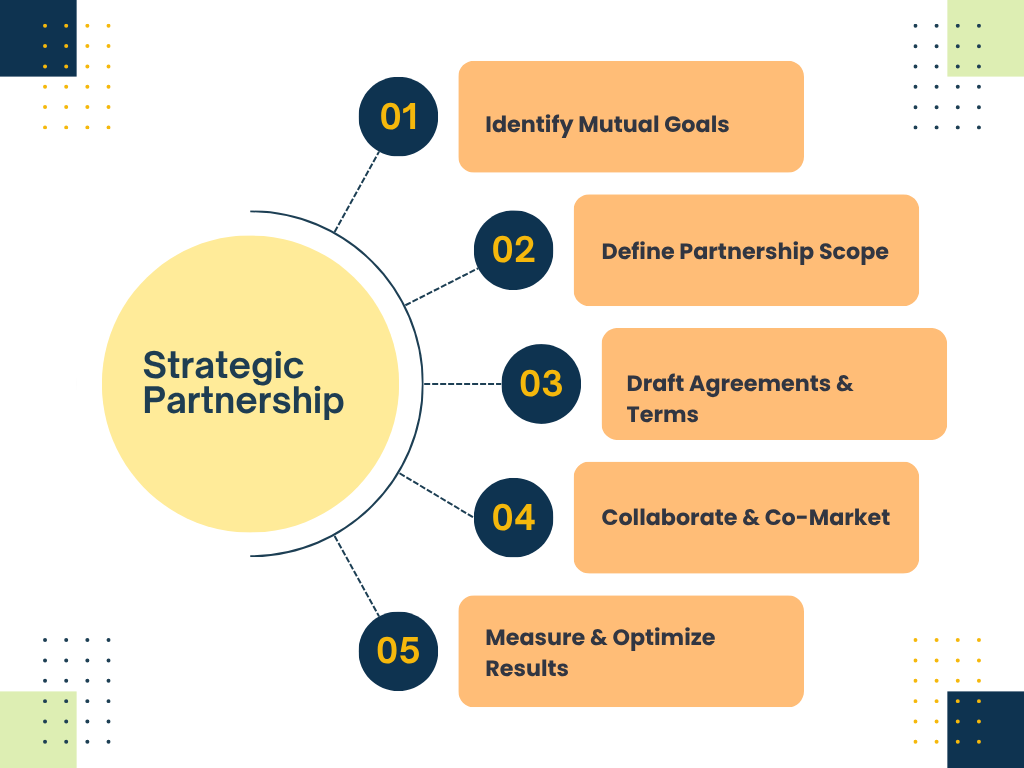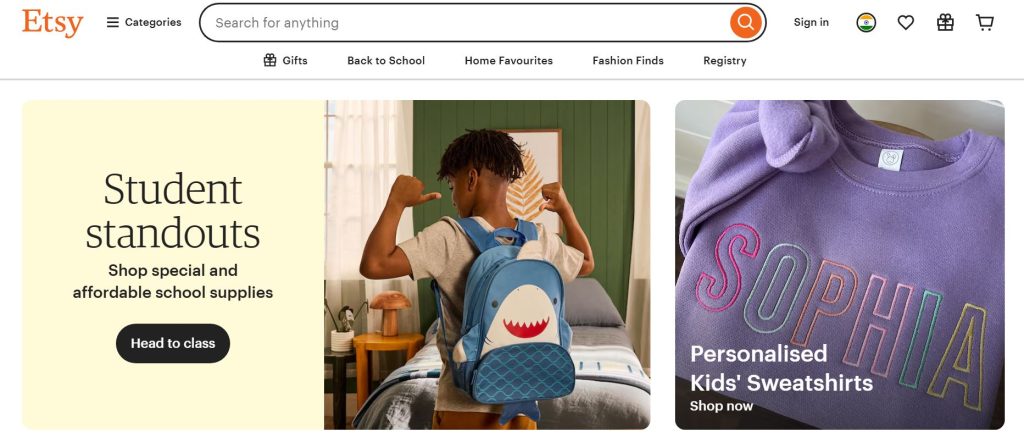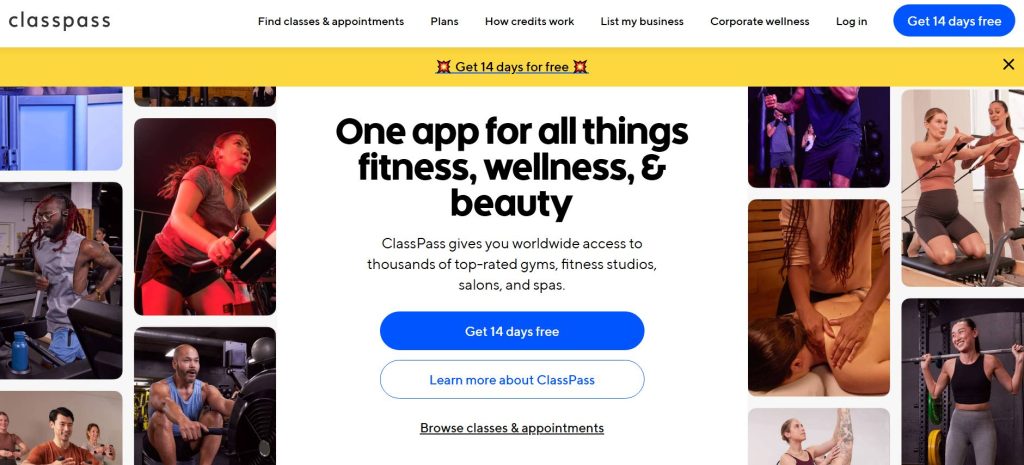Introduction: Why Strategic Partnerships Matter
In today’s hyper-competitive digital economy, online sharetribe marketplaces are fighting for user attention like never before. With advertising costs rising, SEO becoming increasingly saturated, and social media algorithms constantly shifting, relying solely on traditional growth channels can quickly lead to diminishing returns. As user acquisition becomes more expensive and complex, marketplace operators need to think beyond conventional tactics.
Forward-thinking marketplace founders are recognizing that they don’t need to build and scale in isolation. By forging partnerships with complementary businesses, service providers, and technology platforms, marketplaces can unlock new opportunities to acquire users, offer additional value, and build lasting brand credibility.
These partnerships act as growth accelerators. Instead of competing for the same audience repeatedly, you tap into existing communities, customer bases, and ecosystems that your partners have already cultivated. This not only reduces marketing costs but also allows you to expand your reach exponentially—especially when both sides promote the collaboration.
Moreover, strategic integrations—such as connecting your marketplace with payment gateways, logistics services, or analytics platforms—can enhance your product’s utility and user experience. These integrations make your platform more seamless, sticky, and trustworthy, helping you retain users longer while attracting new ones through the partner’s ecosystem.
What Are Strategic Partnerships and Integrations?
Strategic partnerships are collaborations between businesses designed to achieve mutual growth. For marketplaces, this could mean running joint marketing campaigns, offering bundled services, launching co-branded promotions, or creating shared loyalty programs. These partnerships help both parties reach new audiences, reduce marketing costs, and enhance brand trust.

On the other hand, platform integrations involve connecting your marketplace with third-party software or services to streamline the user experience. Examples include integrating with payment gateways, logistics providers, CRM tools, or analytics platforms. Integrations make your marketplace more convenient and valuable, improving user satisfaction while opening up new growth opportunities through partner ecosystems.
Both strategies share the same objective: to expand your user base, improve your platform’s functionality, and create a competitive advantage. By working together with complementary businesses or integrating essential tools, marketplaces can accelerate growth, strengthen customer loyalty, and stay ahead of the competition.
The Benefits of Partnerships & Integrations for Marketplaces
When done right, strategic partnerships and integrations can transform how Sharetribe marketplaces grow, engage, and retain their users. Here’s how:
1. Accelerated User Acquisition
Partnerships open the door to new, qualified audiences without starting from scratch. By collaborating with businesses that already serve your target users, you gain access to established communities that trust your partners. Whether it’s through joint promotions, affiliate programs, or co-branded campaigns, partnerships allow you to reach more potential users faster and more cost-effectively than traditional marketing methods. This accelerates growth and widens your marketplace’s user base.
2. Increased User Retention
Integrations directly impact user retention by making your marketplace easier to use and more valuable in daily operations. For example, integrating with a payment provider simplifies transactions, while connecting with a logistics partner streamlines order fulfillment. By embedding your marketplace into users’ existing workflows, you reduce friction, save them time, and encourage them to return more frequently. The smoother the experience, the more likely users are to stay.
3. Shared Marketing Costs
Partnerships often involve co-marketing efforts, such as webinars, email newsletters, social media campaigns, or content collaborations. This allows both parties to share promotional costs, reducing the financial burden of customer acquisition. Instead of each company spending separately on ads and outreach, they collaborate to pool resources, reach wider audiences, and amplify their messaging—resulting in lower marketing expenses and higher ROI.

4. Enhanced Credibility and Trust
When you partner with a well-respected or established brand, your marketplace instantly gains a level of credibility. Trust is crucial, especially for new or niche marketplaces, and associating with reputable partners gives users confidence in your platform. This social proof can shorten the decision-making process for new users, making them more likely to sign up, engage, or transact.
5. Increased Product Stickiness
Integrations can make your marketplace an essential part of a user’s daily workflow. For example, a freelancer marketplace that integrates with time-tracking tools or accounting software becomes more than just a place to find clients—it becomes part of the freelancer’s business infrastructure. This level of convenience creates product stickiness, making users less likely to switch to competitors and more likely to stay loyal to your platform over time.
Types of Strategic Partnerships & Integrations for Marketplaces
1. Platform Integrations: Building Seamless User Experiences
Platform integrations involve connecting your marketplace with third-party tools or platforms that your users already rely on. These integrations can range from payment gateways and CRM systems to logistics solutions and analytics dashboards.
For example, integrating with Stripe or PayPal makes payments smoother, while connecting with twosided.io provides marketplace operators with deep analytics insights. If you’re running a rental marketplace, integrating with an identity verification service can reduce fraud and build trust. If you operate a service marketplace, integrating calendar scheduling tools or Zoom APIs can streamline bookings.
The key benefit? Platform integrations reduce friction for users and position your marketplace as part of a broader digital ecosystem, which can also lead to referral traffic from the platforms you integrate with.

2. Complementary Business Partnerships: Expanding Audience Reach
Partnering with complementary businesses allows you to expand into markets you wouldn’t reach on your own. These are businesses that serve the same customer base but aren’t your direct competitors. For example:
A travel marketplace could partner with airlines, hotels, or luggage brands.
A local services marketplace might collaborate with home insurance providers or financing companies.
An equipment rental platform could work with repair and maintenance companies to offer bundled services.
These partnerships can involve joint marketing campaigns, bundled product offerings, or co-created user experiences. For instance, you might offer a discount on services when users book through a partner, or create a shared loyalty program that encourages cross-platform usage.
By collaborating in this way, you effectively borrow the trust and audience of your partners, opening new acquisition channels with lower costs and higher conversion potential.
3. Affiliate & Referral Partnerships: Turn Others Into Growth Engines
Affiliate and referral programs are one of the simplest but most scalable partnership strategies for marketplaces. These programs incentivize partners—such as bloggers, industry experts, niche communities, or complementary SaaS platforms—to promote your marketplace to their audience in exchange for commissions or rewards.
For example, if you run a freelance services marketplace, you could create a referral partnership with productivity tool providers or coworking spaces. They can promote your platform to their users, and you pay them for each successful signup or transaction.
Affiliate programs are particularly powerful because they tap into existing trust networks. Recommendations from a trusted source convert at much higher rates than cold ads or direct outreach. Plus, affiliate programs can be automated, allowing you to scale your partner network globally without significant overhead.

4. Content Collaborations & Co-Branding: Build Authority Together
Content collaborations and co-branding are powerful partnership strategies that help marketplaces expand their reach while building authority and trust in their niche. By co-creating valuable content with complementary partners, marketplaces can engage new audiences, strengthen relationships with existing users, and position themselves as industry leaders. These collaborations might include co-hosted webinars, joint podcasts, downloadable ebooks, whitepapers, case studies, or guest blog exchanges.
For example, a marketplace focused on creative services could collaborate with a design software company to host an educational webinar on “How to Build a Freelance Design Business.” Both brands promote the event to their audiences, generating leads for each other while providing actionable insights that establish their expertise.
Steps to Building Successful Marketplace Partnerships
Building meaningful partnerships requires more than just sending out cold emails or generic collaboration requests. Successful partnerships are strategic, mutually beneficial, and carefully nurtured from the first conversation to long-term execution. Here’s a step-by-step guide to building marketplace partnerships that actually deliver results:
Step 1: Map Your User Ecosystem
Start by thoroughly analyzing your user’s journey to identify the tools, services, and platforms they already use before, during, and after interacting with your marketplace. This process will help you pinpoint natural partnership opportunities where your marketplace can complement or enhance existing user workflows.
For example, if you run a rental marketplace, consider the logistics providers, payment solutions, or insurance companies your users interact with. By understanding this broader ecosystem, you can identify partners who can help you improve the user experience while also expanding your reach.
Step 2: Develop a Partner Value Proposition
Once you’ve identified potential partners, approach them with a clear and compelling value proposition. Remember, partnerships should be mutually beneficial. Don’t just focus on what you want from the relationship; highlight how collaborating with your marketplace will help your partner achieve their goals as well.
This could involve offering access to new customer segments, driving additional revenue, enhancing their own product offering through integration, or boosting their brand authority through co-marketing efforts. The stronger your partner’s benefit, the more likely they’ll be to engage.

Step 3: Make the First Contact Personal and Specific
When reaching out to potential partners, avoid sending mass or generic emails. Take the time to personalize your communication and propose specific collaboration ideas. Explain why this partnership makes strategic sense, reference the shared audience or market challenges you can solve together, and suggest clear partnership activities—such as joint webinars, co-branded content, platform integrations, or shared promotions. This targeted approach not only increases your chances of a positive response but also shows that you’ve done your homework and are serious about collaboration.
Step 4: Formalize the Agreement
Once both parties agree to move forward, it’s essential to formalize the partnership with clear terms and expectations. Define the key outcomes you’re aiming for, such as user acquisition goals, revenue-sharing models, or specific marketing deliverables. Clarify who is responsible for what—from promotional activities to technical integrations—and address important legal considerations like data sharing, privacy compliance, liability, and termination clauses. Having a structured partnership agreement protects both sides and sets the foundation for a smooth collaboration.
Step 5: Launch, Track, and Optimize
After the partnership is launched, active management is crucial. Use tools like affiliate tracking links, custom UTM parameters, or shared analytics dashboards to monitor performance in real time. Track user sign-ups, engagement rates, conversions, and other KPIs to measure the partnership’s success.
Collect feedback regularly from both internal teams and the partner, and be prepared to optimize campaigns or adjust strategies as you learn what works best. Strong partnerships often evolve over time, so continue to explore new ways to deepen the relationship and expand the collaboration as both businesses grow.
Real World Examples of Marketplace Partnerships in Action
Many of today’s most successful marketplaces have fueled their growth through strategic partnerships and integrations. These collaborations not only expanded their user bases but also strengthened their product offerings and market positions. Here are some real-world examples of partnerships driving marketplace success:

Airbnb & Concur: Unlocking the Corporate Travel Market
Airbnb’s partnership with Concur, a leading travel and expense management platform, is a prime example of a strategic integration opening new user acquisition channels. Through this collaboration, Airbnb made it easier for corporate travelers to book short-term rentals while automatically syncing their expenses into Concur’s system. This move unlocked the corporate travel segment for Airbnb, allowing them to tap into a previously under-served but highly profitable user group.
It also streamlined the experience for business travelers, who now had a seamless way to book and expense their stays—positioning Airbnb as a legitimate option for business accommodations.
Etsy & Pattern: Empowering Sellers Through Integrations
Etsy’s launch of Pattern, an integration that allows sellers to create their own independent websites while still syncing with their Etsy listings, is another excellent example of partnership-driven growth. This integration gave Etsy sellers the freedom to build personal brand websites without worrying about inventory management duplication.

By offering this service, Etsy not only improved the seller experience but also deepened seller loyalty, as merchants could expand their reach beyond Etsy while remaining within the Etsy ecosystem. This created a win-win situation: sellers gained more autonomy, and Etsy kept sellers tied to their platform through backend support and management tools.
ClassPass & Gym Networks: Building a Win-Win Ecosystem
ClassPass, a subscription-based fitness marketplace, built partnerships with thousands of gyms and fitness studios around the world to create a robust and mutually beneficial ecosystem. By collaborating with individual fitness providers, ClassPass offered users access to a wide variety of workout options—from yoga and pilates to boxing and spin classes—through a single subscription. For fitness studios, this partnership provided a new marketing channel and additional revenue stream, filling up class spots that might have otherwise gone empty.

For ClassPass, the partnerships enabled rapid expansion and differentiated their platform from traditional gym memberships, making them a leader in fitness aggregation services.
Conclusion
Strategic partnerships and integrations aren’t just optional—they’re essential growth levers for modern marketplaces. By aligning with complementary businesses, you can unlock new user acquisition channels, improve platform stickiness, and create a network of shared value.
Start small, think long-term, and build partnerships that extend the reach and impact of your marketplace.
FAQ's
Q1: What if I’m a new marketplace with no traction yet?
Start with micro-partnerships. Collaborate with local businesses or niche influencers to build early traction.
Q2: Should partnerships be exclusive?
Not necessarily. Exclusivity can be beneficial but may limit growth. Focus on strategic alignment first.
Q3: How do I avoid bad partnerships?
Vet partners carefully—look for aligned values, reputations, and user bases. Start with small pilots before expanding.
Q4: How do I track partnership success?
Use UTM parameters, affiliate tracking tools, or integrated analytics to monitor user acquisition and conversions from partners.
Q5: Can partnerships help with supplier acquisition too?
Absolutely. Consider supplier networks, SaaS tools used by sellers, or vendor associations as potential partners.








